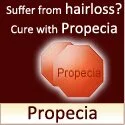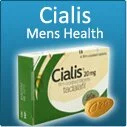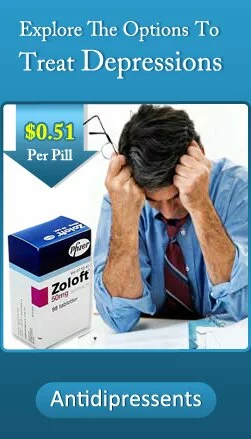skin care for dryness
A common perception is that dry skin is a result of lack of oil in the skin. This is far from the truth. The fact is, dry skin indicates lack of water or moisture in the epidermis (outmost layer of the skin). The situation is like when you put a soft slice of bread in a toaster for a couple of minutes-the bread become dry, hard and crumbly. This is so because the heat gets rid of the moisture.
A dry skin problem can be very bothersome. The feel of the skin is like it has been stretched. It can be painful also. The appearance might look red or dull or flaky. The worst part is the itching.
What are the causes of extreme dry skin?
Moisturizer:
Not using a moisturizer properly is one the causes of dry skin. Applying moisturizer on dry skin is not likely to help to keep skin dryness away. In fact, the result may just be the opposite. Moisturizer is to be applied when the skin is damp. This way the moisture in the skin is protected.
Using moisturizer that is not suitable to your skin or is of inferior quality can also cause dry skin.
Dry Air:
Dry air is possibly the most common reason for dry skin, particularly during the winters. The moisture is drawn out of the skin by dry air. The dry heat generated by a furnace can also result in dry skin. Skin dryness is also caused by the cold, harsh winter.
Long, hot showers:
Too much exposure to water, particularly hot water can glean away the natural oils that shield the skin. If the skin feels tight after you step out of the shower, then it is a sure sign that it has dried out.
Soap:
Soaps form one of the major causes for skin dryness. A child going to school or someone working in the office just does not get dirty enough to warrant a thorough soapy body scrub. The areas which should be cleaned with soap should be the face, arms, armpits and the groin. The rest of the body can be rinsed with water.
Too much washing of hands can also land us in trouble. Though it is meant to keep off the germs, excessive hand washing can dry the skin of the hand and may cause it to bleed and crack, creating more problems.
Medication and Drugs:
Some medications that result in skin dryness are drugs for:
• High blood pressure
• Acne and other skin products
Skin care for Dryness:
• Avoid using soap
• Use the right type of moisturizers
• Moisturize your house
• Wear fabrics which feel comfortable
• Avoid fabrics which irritate the skin
• Direct sun exposure should be avoided
• Take a balanced diet
• Avoid alcohol
• Avoid caffeine
• Avoid smoking
• Exercise regularly
• Get proper sleep
Beta Val Cream:
Beta Val Cream has been found to be effective in treating various skin conditions like dermatitis, eczema, rash, allergies, etc. Your skin can lose moisture and feel dry even if you have any of these ailments. This medication is a medium strength corticosteroid and works by reducing the itching, swelling and redness that normally occur in these skin conditions.







 July 20th, 2011
July 20th, 2011  admin
admin



